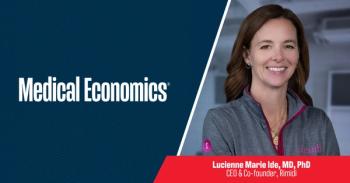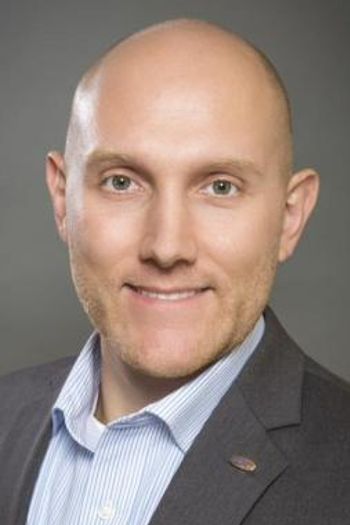
Medical student education, CMS rules clash on EHR use
Medical students are encouraged to get EHR experience, but federal billing rules are hindering some educational lessons at practices and hospitals
While medical schools require future physicians to start learning the ins and outs of
Related:
Currently,
“It stymies not only the student’s education, but it also stymies good patient care,” said David R. Donnersberger, MD, JD, an internist and clinical assistant professor of medicine at the University of Chicago’s Pritzker School of Medicine.
Donnersberger was part of a panel outlining the conflict at this year’s American College of Physicians (ACP) 2016 Internal Medicine Meeting in Washington D.C. In his work with students, Donnersberger noted that no one spends more time bedside with the patient than med students and their information is valuable, but their inability to make that knowledge part of the chart – unless re-entered by the physician – is a true disservice, he said.
Further reading:
So while the American Association of Medical Colleges, for example, stipulates that medical students need to have hands-on experience, including entering and retrieving information in a medical record, CMS states clearly several billable elements of a patient encounter can only be documented by the doctor and not a student.
Kathryn K Hufmeyer, MD, an instructor in general internal medicine and geriatrics at the Northwestern University Feinberg School of Medicine in Chicago, further noted that the Liaison Committee on Medical Education (LCME), an accrediting body for medical education programs, states curriculum must prepare medical students for entry into graduate medical education including communication skills as they relate to physician responsibilities. That would include EHR documentation and access.
“[The LCME] has this directive … yet we are challenged toward its implementation,” Hufmeyer said.
She also pointed to the core entrustable professional activities (EPAs) for entering residency by the AAMC that includes multiple competencies for undergraduate medical students relating to an EHR, such has entering and discussing orders and giving or receiving a patient handover to transition care responsibly.
Further reading:
“It seems hard, as medical educators, how to get students the skills for residency day one with billing barriers by CMS on access and limits on use and even what use means,” she said
To help remedy this conflict, the ACP has passed a resolution (3-F15) calling on CMS to change its 2008 guidelines allowing teaching physicians to refer to a student’s documentation of the history and physical examination findings or medical decision making in his or her personal note for documentation of an evaluation and management service.
Phil Masters, ACP’s director of clinical content development, said the resolution has passed and is in the process of being implemented following input from the annual meeting as well as possible buy-in from peer organizations.
In the meantime, Donnersberger has simple advice for physicians thinking of either using medical students as scribes-perhaps not the best use of their tuition dollar-or documenting the patient visit as the physician hoping an audit doesn’t turn up the truth.
“Just quickly [document] it yourself,” he said.
Newsletter
Stay informed and empowered with Medical Economics enewsletter, delivering expert insights, financial strategies, practice management tips and technology trends — tailored for today’s physicians.








